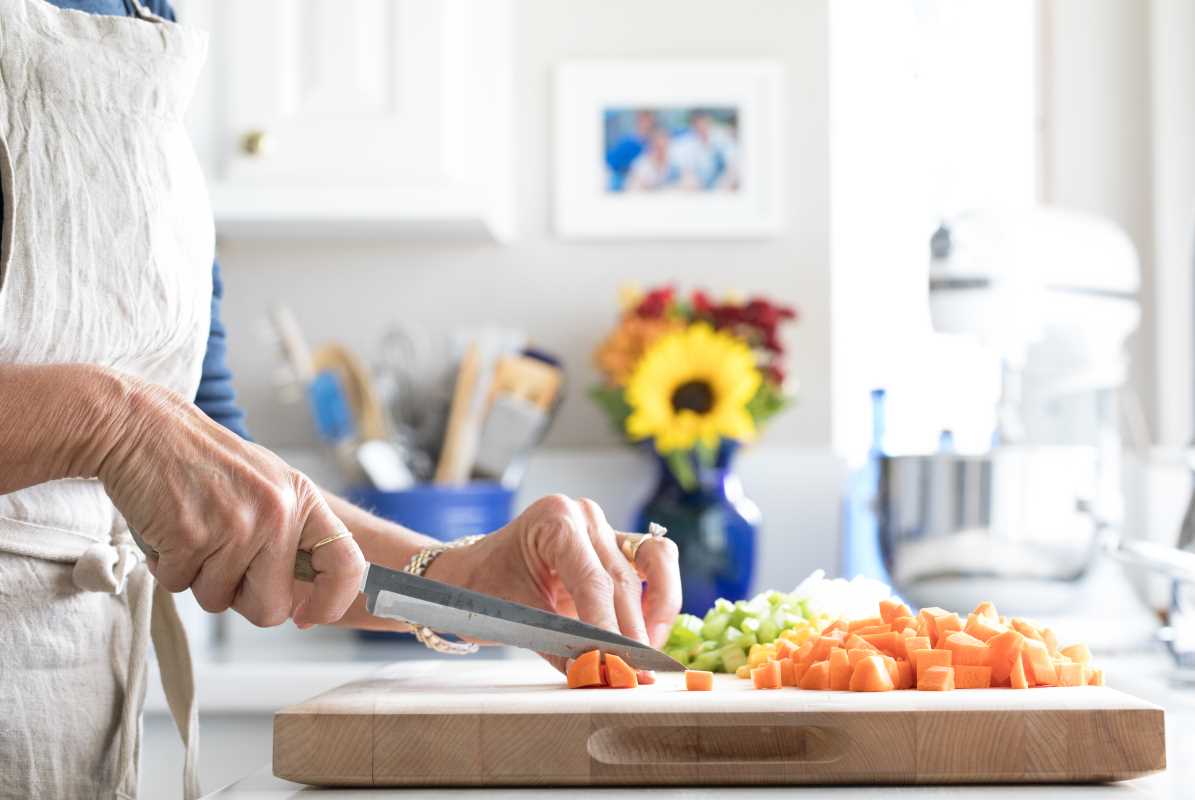Many families face a whirlwind of tasks each evening, from sorting through schoolwork to organizing backpacks and making sure everyone is ready for bed on time. As dinnertime approaches, the temptation to order takeout or rely on frozen meals often grows stronger. Creating a routine that guides everyone from after-school activities straight to the dinner table can make a big difference. When you plan ahead and keep things simple, you reduce stress and make room for enjoyable moments together. Sharing a homemade meal, even on the busiest nights, gives you the chance to connect and provide nourishing food for those you care about most.
Routines help minds switch from work or school to family time. By gathering ingredients, laying out utensils, and giving everyone a quick heads-up about the evening’s menu, you create a sense of anticipation. When the kitchen feels organized and each task has a place, the entire household senses that rhythm—and the result is a relaxed, connected dinner rather than a flurry of last-minute decisions.
Establish a Consistent Dinner Routine
Picture arriving home with a clear plan of what’s next: snack station prepped, a brief chat about the day’s wins, and hands-on tasks for each member. This level of structure prevents the common rush-hour scramble. You don’t need fancy gadgets—just a simple chart or checklist that adapts to changing extracurricular schedules. Encourage family members to check off their tasks; it boosts responsibility and keeps everyone involved.
Include small rituals into this routine to make it feel familiar and fun. A designated “snack scout” can fetch apple slices or carrot sticks as homework wraps up. A timer set for 15 minutes of kitchen prep signals when people should change roles. These subtle cues train the household to move as a united team without reminders.
Here, meal planning becomes part of the evening’s flow instead of an added chore. Linking food prep to your existing routine—like starting a playlist that lasts as long as your chopping session—reinforces consistency. Over weeks, everyone begins to look forward to these steps, reducing friction when it’s time to cook and gather.
Encourage Family Participation at the Table
When dinners follow a consistent engaging process, conversations deepen naturally. Sharing highlights or odd observations from the day gets everyone talking. Use a simple prompt jar: slips of paper with questions, from “What was the funniest thing you saw today?” to “If you could invent a dessert, what would it be?” The jar turns mealtime into an interactive experience, steering clear of dead-air or one-sided updates.
Making mealtime inclusive means rotating responsibilities for setting the table or pouring drinks. Younger kids practice fine motor skills by placing utensils, and older siblings handle lighting candles or choosing background music. Each role feels meaningful, shifting the focus from the meal itself to the shared moment. You’ll find dinner isn’t just about nourishment; it becomes the heart of connection, where every family member has a part to play.
Key Preparation Methods
Ingredient Batch Labeling
- Benefit: Cuts decision-making time during the evening rush.
- Steps:
- Collect clear, resealable containers.
- Assign color-coded labels for proteins, grains, and veggies.
- Write prep date and portion size.
- Store on a dedicated fridge shelf.
- Rotate older items to the front.
- Cost/Availability: Under $15 for 50 labels at office supply stores.
- Tip: Keep a small rolling chalkboard inside the fridge door for quick inventory updates.
Weekly Flavor Palette
- Purpose: Prevent menu boredom and streamline ingredient shopping.
- Steps:
- Define five flavor profiles (e.g., citrus-herb, smoky-spice, umami-rich, fresh-tang, creamy-texture).
- Assign two signature herbs or spices to each palette.
- Pick one palette per dinner.
- Shop once for all five palettes.
- Store herbs in labeled jars.
- Cost/Availability: $10–$20 for staple spices at bulk stores.
- Tip: Snap a photo of your jars indexed on your phone for quick shopping reference.
Modular Veggie Packs
- Benefit: Saves chopping time and encourages variety in vegetables.
- Steps:
- Select four to five versatile vegetables (bell peppers, broccoli, cherry tomatoes, etc.).
- Wash and chop into uniform bite-sized pieces.
- Separate into meal-specific bags.
- Label each bag with its intended use (roast, stir-fry, salad).
- Freeze or refrigerate depending on shelf life.
- Cost/Availability: Less than $20 weekly depending on season.
- Tip: Keep a rotating “oddball” bag for extras to prevent waste.
Simplify Your Cooking Process
Designate Preparation Zones
- Purpose: Reduces unnecessary movement.
- Steps:
- Lay out cutting boards and knives at each zone.
- Place a bowl for scrap waste beside each cutter.
- Arrange spices in small ramekins at the spice station.
- Position pots and pans near the stove.
- Keep serving dishes ready on the countertop.
- Cost/Availability: Minimal if reusing existing kitchen tools.
- Tip: Attach a magnetic strip under cabinets for quick-access measuring spoons.
Use Timers Effectively
- Benefit: Prevents overcooking and juggling multiple dishes.
- Steps:
- Estimate cook times for each component.
- Set a primary timer for the longest task.
- Schedule secondary timers on a smartphone or digital clock.
- Sync timers so that ingredients finish within five minutes.
- Record final resting time on a chalkboard.
- Cost/Availability: Free using your phone or existing timer.
- Tip: Name each timer (e.g., “roast veggies,” “rice”) for clarity during busy moments.
Practice Cleanup as You Cook
- Purpose: Avoid a sink full of dishes after dinner.
- Steps:
- Fill a large bowl with warm, soapy water before starting.
- Rinse tools and measuring cups immediately after use.
- Stack plates and sort recyclables during cooking.
- Wipe spills with a damp cloth between tasks.
- Run the dishwasher once cooking concludes.
- Cost/Availability: No extra expense.
- Tip: Keep a spray bottle of all-purpose cleaner under the sink for quick countertop cleaning.
Transfer from Oven to Table
- Benefit: Speeds up plating when dishes come out of the oven.
- Steps:
- Line trays with nonstick parchment or foil.
- Season meats or veggies directly on the tray.
- Slide tray into a preheated oven.
- Carry tray directly to the table.
- Reuse foil or parchment up to three times.
- Cost/Availability: About $5 for parchment rolls.
- Tip: Keep an insulated pot holder under the tray for safe handling without bulky mitts.
Combining prep methods, routines, and prompts transforms dinnertime into a smooth, collaborative experience. Organized systems like labeled batches and timers save energy and create space for meaningful connection. With simple habits and planning, family dinners become stress-free moments to enjoy together.
 (Image via
(Image via





